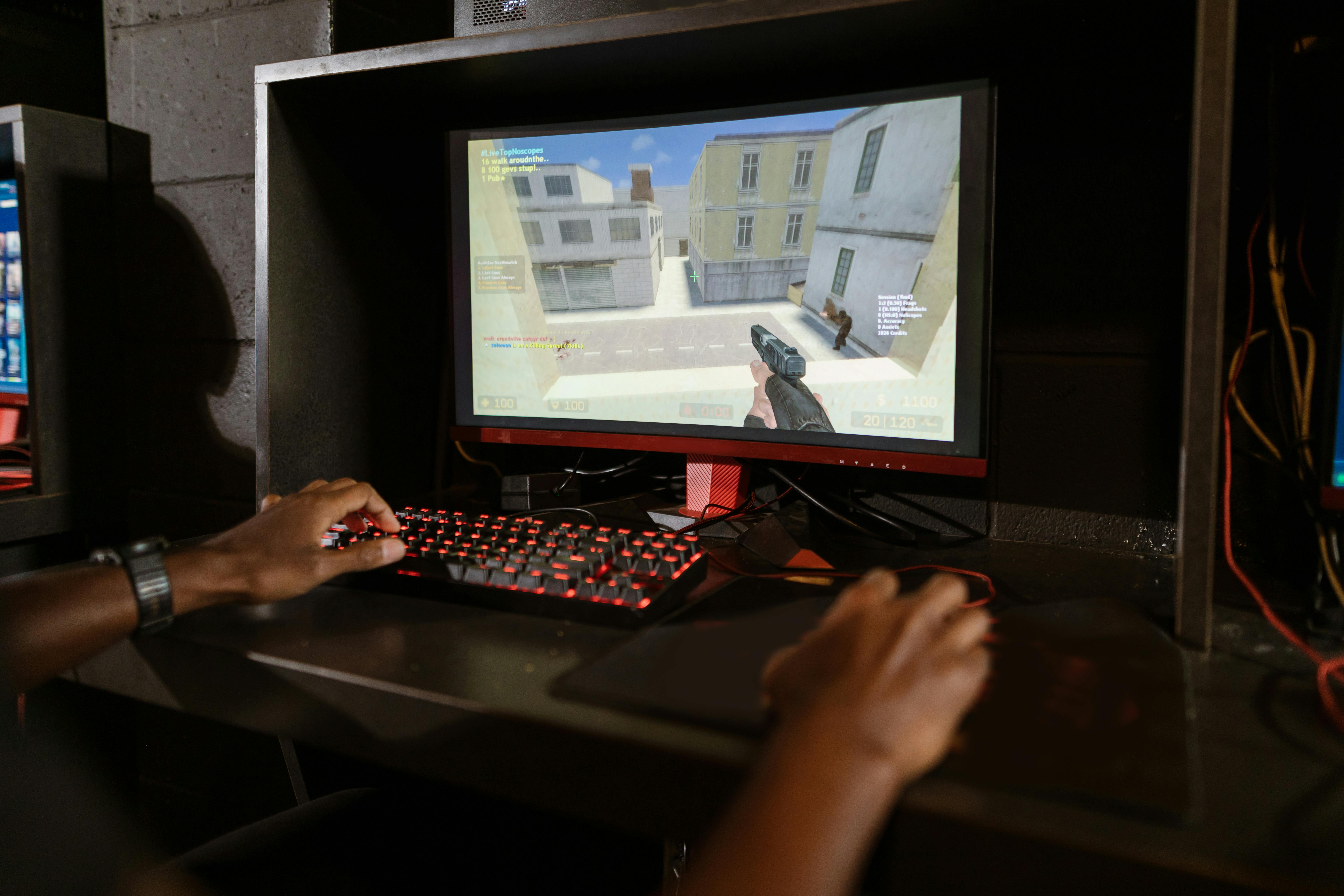The world of gaming has evolved over the years, with a number of games and associated features breaking the mold and setting new standards. Among them, Counter-Strike: Global Offensive (CS:GO) stands out as one of the most influential and successful games of all time. Not only has it gained immense popularity as a competitive shooter, but the rise of CS:GO trading has become a phenomenon that has captured the attention of millions of players worldwide. In 2025, CS:GO trading is still thriving, and there are various factors contributing to its widespread appeal and sustained success.
The Birth of CS:GO Trading: A New Economy for Gamers
At its core, CS:GO trading revolves around the exchange of in-game skins—cosmetic items that modify the appearance of weapons used in the game. These skins, which were initially cosmetic and non-functional, quickly evolved into virtual assets with real-world value. If you’re interested in getting started, you can explore the counter strike database and check out all the options. The system of trading these items allowed players to buy, sell, and exchange skins on a global market. This unique feature of CS:GO has not only provided gamers with more personalized gameplay experiences but also led to the creation of a virtual economy within the game.
The ability to trade skins became a major attraction for players who wanted to showcase their personal preferences or gain rarer, more valuable items. Over time, players began realizing that these virtual skins had the potential to hold significant value. Some skins became highly sought after, with their prices skyrocketing due to their rarity or aesthetic appeal. This shift from a purely cosmetic item to a tradable asset created an entirely new dimension within the game, giving rise to a virtual marketplace for skins.
The Rise of Skin Trading and Its Impact on the Gaming Community
The excitement surrounding CS:GO trading quickly spread as players realized they could make a profit by trading skins. With skin trading, the game not only became a platform for competitive gameplay but also transformed into a financial opportunity for players. Many players found that by carefully analyzing the skin market, they could buy low and sell high, making substantial profits.
The rise of third-party trading websites, where players could exchange skins securely, further propelled the growth of CS:GO trading. Platforms like Steam Community Market and other third-party sites made it easier for players to engage in transactions and build their collection of rare or valuable skins. For some, it even became a full-time hobby or career, with individuals dedicating time and effort into learning the intricacies of skin trading to make a living from it.
However, the trading system also led to a rise in the gambling aspect of CS:GO. Players could wager their skins on matches or events, with the outcome determining the winner’s loot. As the popularity of these skin gambling sites grew, the line between trading and gambling began to blur, and it became evident that trading in CS:GO was not just about collecting items for personal use but also about making money or gaining valuable assets.
The Appeal of Trading for Gamers: Investment, Collection, and Customization
For many, the thrill of CS:GO trading lies in the ability to customize their experience. Players are able to create a unique identity within the game by acquiring skins that reflect their personality or style. Some prefer colorful, vibrant skins, while others lean toward rare and more subdued items that symbolize their gaming prowess or status in the community.
Beyond customization, trading in CS:GO allows for investment opportunities. Rare and highly valued skins are often treated as collectibles, much like trading cards or limited-edition items in other sectors. As the popularity of the game continues to soar, so does the potential for certain skins to increase in value over time. Players who can predict market trends may invest in skins and trade them at a later time for a profit. This investment aspect has led some players to view skin trading as a form of virtual stock trading, where knowledge of the market and timing can result in significant financial gains.
Furthermore, the sense of community surrounding CS:GO trading has been a major factor in its popularity. Players share tips, discuss valuable skins, and even collaborate with others to complete collections. The collective knowledge and trading strategies that have emerged from these communities have only enhanced the appeal of trading, making it an engaging and immersive experience for many players.
The Future of CS:GO Trading: Evolving Markets and New Opportunities
The future of CS:GO trading looks bright, especially with the growth of esports and online gaming. The skin market continues to expand, attracting new players daily. With the integration of blockchain and cryptocurrencies like Bitcoin, CS:GO trading could see further innovation, offering secure ways to buy and sell skins.
New updates, skins, game modes, and events are consistently introduced by developers, impacting the market and creating new opportunities. Players who stay updated on trends and changes will be well-positioned to capitalize on the evolving economy.
For many, trading in CS:GO is more than a way to profit—it’s about being part of a community and enjoying the thrill of acquiring rare or valuable skins. Whether for personal enjoyment, investment, or the excitement of the trade, CS:GO trading continues to offer a rewarding experience for gamers.
E-E-A-T analysis
View details – click here
85%
| Order ID | 57919 | |
| Orderlink ID | 246666 | |
| Link | henof.com | |
| Language | English |
| counter strike database found 1 time(s) | |
| https://csdb.gg/ |
Article Images

Source: pexels.com Copy article